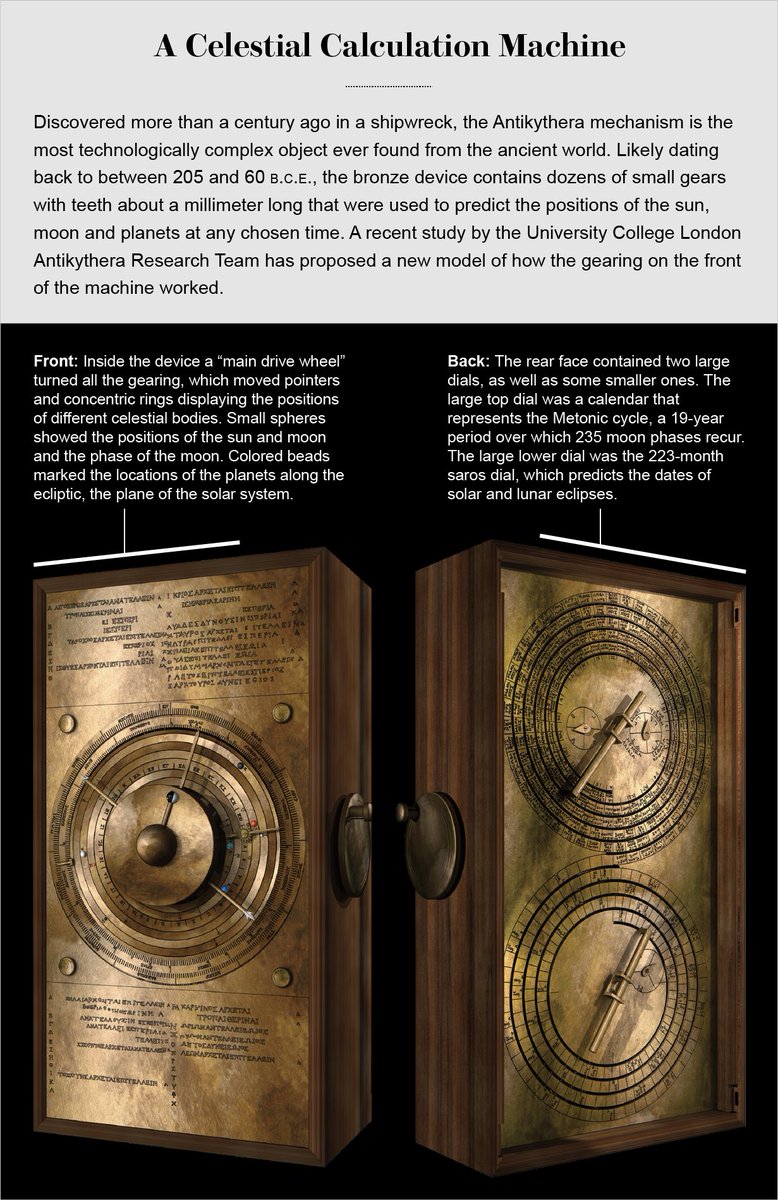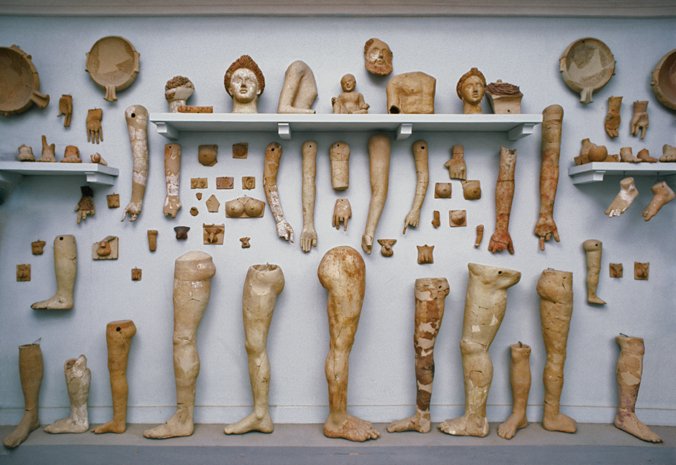
Maybe the most beautiful copy of Homer's #Iliad. The "Florentine Homer" is written by the scribe Ioannes Rhosos, a Byzantine Greek émigré from Crete and completed in Florence on 16 May 1466.
©British Library
#Archaeolgy #History
©British Library
#Archaeolgy #History

The calligraphy of Ioannes Rhosos is just superb. Two decades later again in Florence, Demetrius Chalkokondyles and Demetrius Damilas, also Byzantine Greeks, produced the first printed edition of the works of Homer using typefaces.
*I like the calligraphy though.
*I like the calligraphy though.

• • •
Missing some Tweet in this thread? You can try to
force a refresh
















